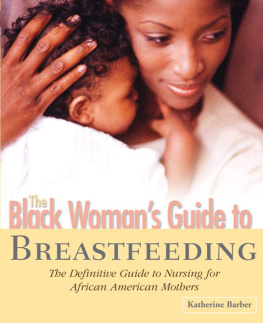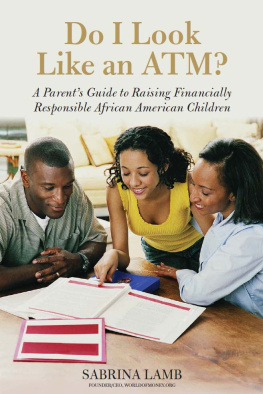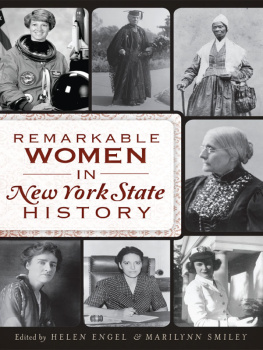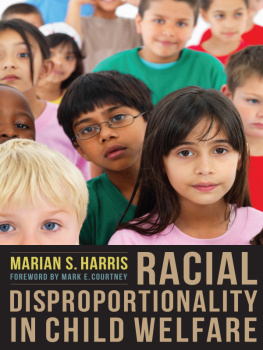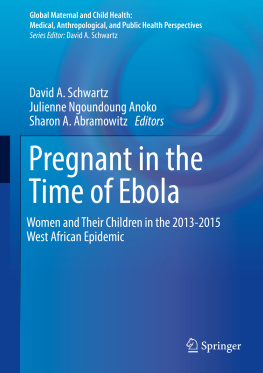Angels of Mercy
Angels of Mercy
White Women and the History of New Yorks Colored Orphan Asylum
William Seraile

Copyright 2011 Fordham University Press
All rights reserved. No part of this publication may be reproduced, stored in a retrieval system, or transmitted in any form or by any meanselectronic, mechanical, photocopy, recording, or any otherexcept for brief quotations in printed reviews, without the prior permission of the publisher.
Fordham University Press has no responsibility for the persistence or accuracy of URLs for external or third-party Internet websites referred to in this publication and does not guarantee that any content on such websites is, or will remain, accurate or appropriate.
Fordham University Press also publishes its books in a variety of electronic formats. Some content that appears in print may not be available in electronic books.
Library of Congress Cataloging-in-Publication Data
Seraile, William, 1941
Angels of mercy : white women and the history of New Yorks Colored Orphan
Asylum / William Seraile.1st ed.
p. cm.
Includes bibliographical references and index.
ISBN 978-0-8232-3419-6 (cloth : alk. paper)
1. Colored Orphan Asylum and Association for the Benefit of Colored Orphans (New York, N.Y.)History. 2. Women philanthropistsNew York (State)New York History. 3. Women, WhiteNew York (State)New YorkHistory. I. Title. HV995.N52C657 2011 362.732dc22
2011006835
Printed in the United States of America
13 12 11 5 4 3 2 1
First edition
Preface
The Colored Orphan Asylum, founded in New York City in 1836, is a remarkable institution that is still in the forefront aiding children. Although no longer an orphanage, its successor, the Harlem DowlingWest Side Center for Children and Family Services, maintains the principles of the women who organized nearly two hundred years ago the first orphanage for children of African descent in the United States.
Remarkably, the twenty-five founders fought against gender discrimination, financial difficulties, and initial black resistance to house children who were either neglected, mistreated, or orphaned. Many of the women were the daughters, wives, or siblings of influential New Yorkers who made their reputation and wealth as businessmen, bankers, merchants, or entrepreneurs. Some were ardently antislavery, if not abolitionists.
This study has several major themes that will be explored in its eight chapters. First, I will describe the efforts of the white women managers to procure a home for the children despite intense racial hostility and general civic disinterest. Although they would eventually receive financial backing from some of Manhattans wealthiest citizens, including John Jacob Astor, Rufus Lord, Gerrit Smith, Gulian C. Verplanck, John Horsburg, Anson G. Phelps, Ann Jay, and Elizabeth and Sarah DeMilt, to name a few, the early years of the orphanage represented a financial nightmare.
Second, while the white female managers and their male advisers were dedicated to uplifting the black child, they harbored extreme paternalistic views that did not seek guidance from the African American community. The exception, of course, was the hiring of James McCune Smith as the institutions physician, a position he held for twenty years. The orphanage accepted material aid in the form of nonperishable goods, volunteer labor, and small financial contributions from the black community, but it did not seek their advice and only grudgingly accepted it when it was given.
Third, the evangelical and mainly Quaker founding managers sought to save the souls of their charges. Later, in the nineteenth century, their successors adopted a harsher, moralistic tone as they (and other similar institutions) became more bureaucratic and professional. Their objective was to uplift the poor in their care and, in a sense, to rescue their charges not only from the evils of the street but also from the perception that they, and not the black community, could best raise the children into responsible adulthood.
Fourth, it was frank criticism in 1913 from W. E. B. Du Bois, editor of The Crisis, that highlighted the conflict between the orphanage and the community it served. It was not until 1939 that the white leadership decided that it was not enough simply to employ African Americans in menial positions; they also had to reach out and include them in the leadership of the institution. The orphanages first black female trustee was elected in that year and was soon followed by others, including Jewish women and African American men.
Fifth, it had become clear in the first few decades of the twentieth century that the institution was an orphanage primarily in name, as most of the children under care were half-orphans, that is, neglected or delinquent children. It was during this period that the trustees introduced the cottage system as a means to accommodate children in a less-institutionalized manner. Boarding the children out led to a greater interaction with black churches and families. An antidiscrimination law in New York State pressured the reluctant trustees to accept white children in the late 1940s. It was at this time that it was decided to close the orphanage in the Riverdale section of the Bronx and find boarding homes for all the children.
The Colored Orphan Asylum survived several fires, the nations financial panics, wars, the Great Depression, and racial hostility so virulent that it led to the destruction of its Fifth Avenue building by a mob during New Yorks July 1863 draft riots. Over fifteen thousand children were raised in the orphanage during the period under study, and throughout its history, letters and visits have revealed that hundreds if not thousands of old boys and girls have looked back with admiration and respect for the home that nurtured them throughout their formative years.
Acknowledgments
In August 2002, the historian Gerald Horne was in New York researching a book. I was between research projects, and it was his suggestion that I check out the voluminous files on the Colored Orphan Asylum housed at the New-York Historical Society.
I am indebted to many who helped to make this research possible. I want to thank the librarians of the National Archives; the Schomburg Center for Research in Black Culture, New York Public Library; The New-York Historical Society; and the Rare Book and Manuscript Library of the University of Pennsylvania for their assistance. I thank the University of Pennsylvania for permission to cite from the Theodore Dreiser Papers and for the permission of the New-York Historical Society to quote from the records of the Manumission Society, the Association for the Benefit of Colored Orphan Records, Childrens Aid Society Records, the Riots, 1834 section of the American Historical Manuscript Collection, and the papers of Charles Chapin and Philip Hone. The New York Public Library, the Harlem DowlingWest Side Center for Children and Family Services, and the New-York Historical Society graciously allowed me to use photographs or illustrations in their possession. George Conliffe provided me with a photograph of himself as a member of the orphanages glee club. Mr. Victor Remer of the Childrens Aid Society provided me with assistance as he retrieved old volumes that delineated the names of children from the orphanage that were sent to the West. Janet Munch, the special collections librarian at Lehman College of the City University of New York, was extremely helpful with numerous leads that improved my level of research. I wish also to thank Arica Easely, a graduate student in history, and her cousin Fanny Crawford for permission to quote from the unpublished recollections of Thomas Henry Barnes. Barnes, a former inmate of the orphanage, put a face to some of the events described in the annual reports or minutes. This study has been greatly improved by the frank criticisms of anonymous readers and the insightful suggestions of Timothy Hacsi and Janet Munch. Karen Franklin, the former director of the Judaica Museum of the Hebrew Home for the Aged at Riverdale, in the Bronx, which occupies the former site of the Colored Orphan Asylum, showed enthusiastic interest in the project. Melba Butler, the former executive director of Harlem DowlingWest Side Center for Children and Family Services, the successor to the Colored Orphan Asylum, was very supportive of this project, and I thank her for putting me in contact with some of the institutions alumni. I spent a pleasant June afternoon in 2003 dining and conversing with several alumni of the Colored Orphan Asylum/Riverdale Childrens Association. Thanks to Madeline Davis Marshall, Gloria Torrence, Fitz Harvey, George Conliffe, Louis Eaddy, and Addison Eaddy for sharing their reminiscences of life at Riverdale during the early 1940s. I gained more insights into life at Riverdale when several of the alumni spoke eloquently about their experiences at an April 14, 2005, symposium at Lehman College. Louretta Smallwood De Haney, a nurse in the institution from 1940 to 1944, provided information about the institutional health care provided by the staff.
Next page

